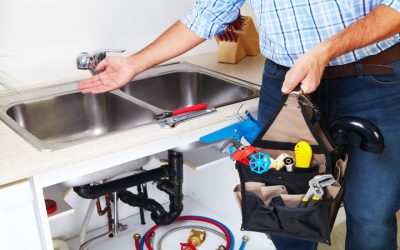Many people may not be aware of sump pumps even though it’s quite likely they have one in their home. Those that live in low lying areas, close to sea level, or areas of high humidity are probably very familiar with them, but those that live in drier or higher elevations may not really pay much attention to them. Since 1987, sump pumps have been required in many homes and are now often installed by default in homes being newly built.
Sump pumps are located in the basement of your home, usually in the lowest area possible, or tucked away discreetly, such as under the stairs, if your basement flooring is entirely level. They are placed further down in to a pit that is typically about two feet deep. This pit is designed to accommodate water collection. When the water inside the pit reaches a certain level, the sump pump is triggered by way of a floating arm, very much like the type that is also found in your toilet tank. This tells the pump that it is time to begin removing water. The water is then pumped out through a pipe and out of your home to an area where it can be discharged without returning to settle around the foundation of the house.
Sump pumps are powered by electricity and use the same current as any other appliance in your home does, thus negating the need for any specialized wiring and can be plugged in to any standard electrical outlet. Since they function in and around water on a constant basis, it’s important to have a circuit interrupter in place to avoid accidental electrocution.
There are two types of sump pumps commonly used. The first is a submersible pump, which rests down in the water inside the pit. It is sealed in waterproof housing, and the actual pump is typically near or on the bottom. The pipe through which the water is removed is typically on top. When triggered, the pump sucks the water up through the bottom and moves it upward to the pipe. A screen is usually placed over the pump to prevent any debris from being sucked up as well, which could clog the pump and cause it to fail or become damaged. This type of sump pump usually runs fairly quietly.
The other common type of sump pump used is called a pedestal pump. With this, the pump itself sits outside of the water collection pit and does not have direct contact with the water. When the floating arm is triggered, the pump turns on and uses an impeller to push the water out through the exit piping. This type of pump causes a bit more noise, but is also traditionally cheaper to install.
Wet basement? Contact Morning Noon & Night Plumbing for all your sump pump needs in Chicago!



